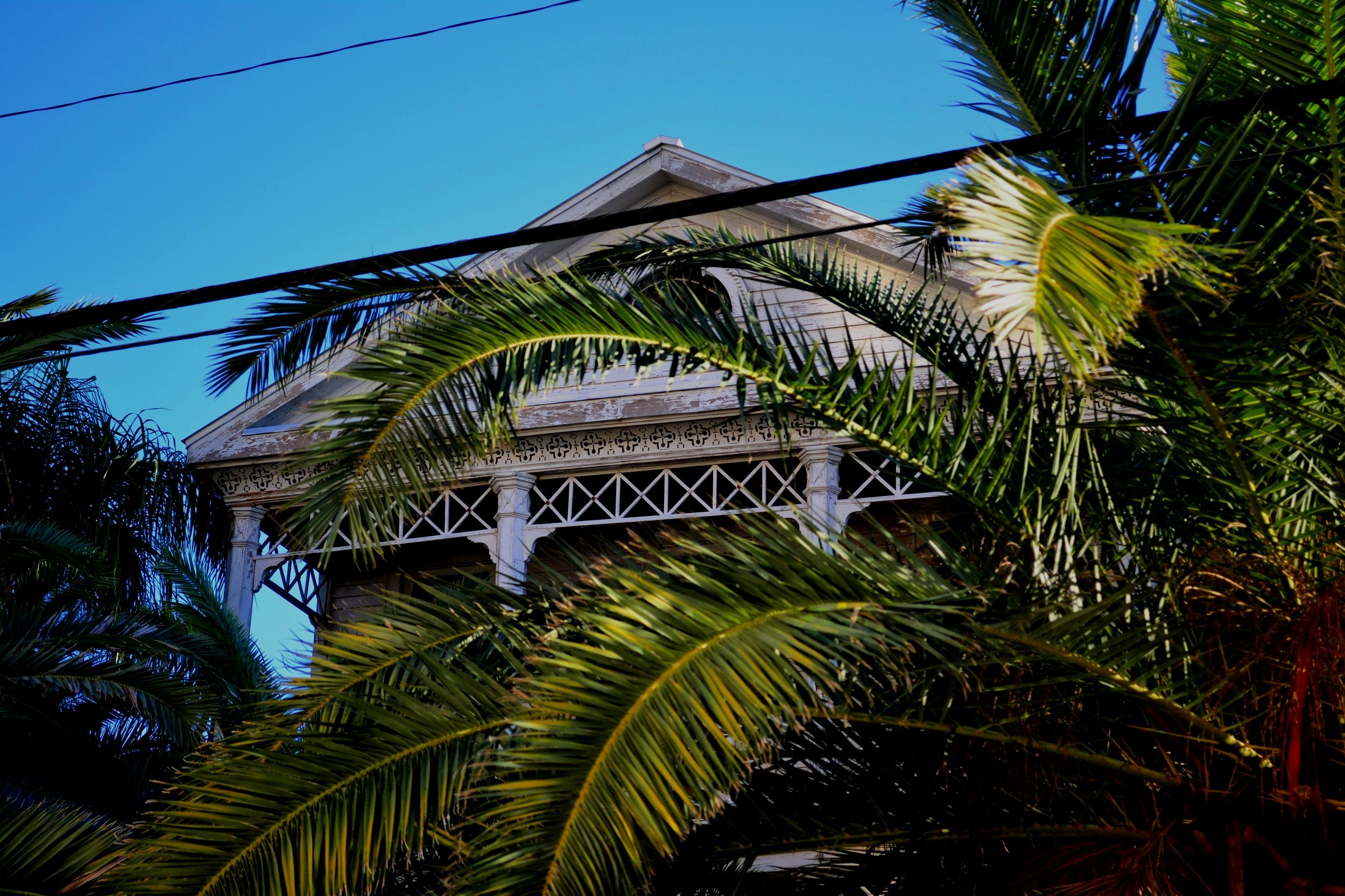
The Streets with Galveston Unscripted
Embark on a journey through time as we uncover the hidden gems and captivating stories that make Galveston a city like no other.
Galveston is an island city in Texas with a rich history and unique charm. One of the most striking features of Galveston's historic district is the lack of driveways. This is because cars were yet to be in existence when most of these homes were built in the late 19th century. Instead, residents would pull their carriages up small steps to their homes.
One of the most exciting buildings in Galveston is the Bryan Museum, originally built as the Galveston Orphans Home in the 1870s to house orphans from Galveston and the American Northeast. The high number of orphanages in Galveston can be traced back to the Orphan Trains, a practice where orphans were put on trains to be sent out of overpopulated northeastern cities. Galveston was the last stop on that route.
The Bryan Museum has a rich history, including a connection to Henry Rosenberg, a prominent Galveston businessman. He funded the construction of the original brick building for the Galveston Orphans Home in the 1890s, but it was destroyed in the 1900 storm. A fundraising effort raised over $50,000 to rebuild it, which still stands today as the Bryan Museum.
Another notable building in Galveston is the Galvez Hotel, built in 1911. It was one of the first significant investment projects after the 1900 storm and a symbol of the rebirth of Galveston as a tourist destination. The hotel, as well as the street it's located on, Avenue P, is named after Bernardo de Galvez, a Spaniard who played a significant role in the American Revolution.
Galveston has a fascinating past and a bright future. From the gas-lit lamp posts to the small steps leading up to homes and from the Orphan Trains to the Galvez Hotel, it's a city worth exploring and learning about.
